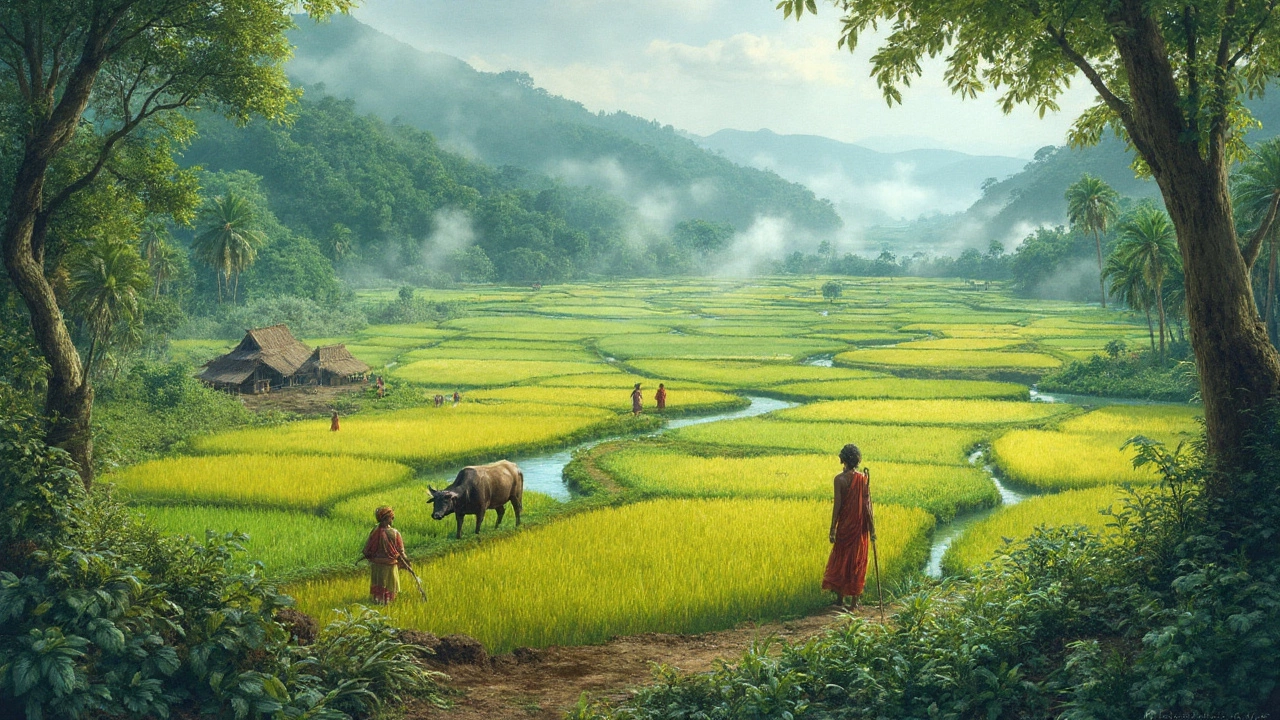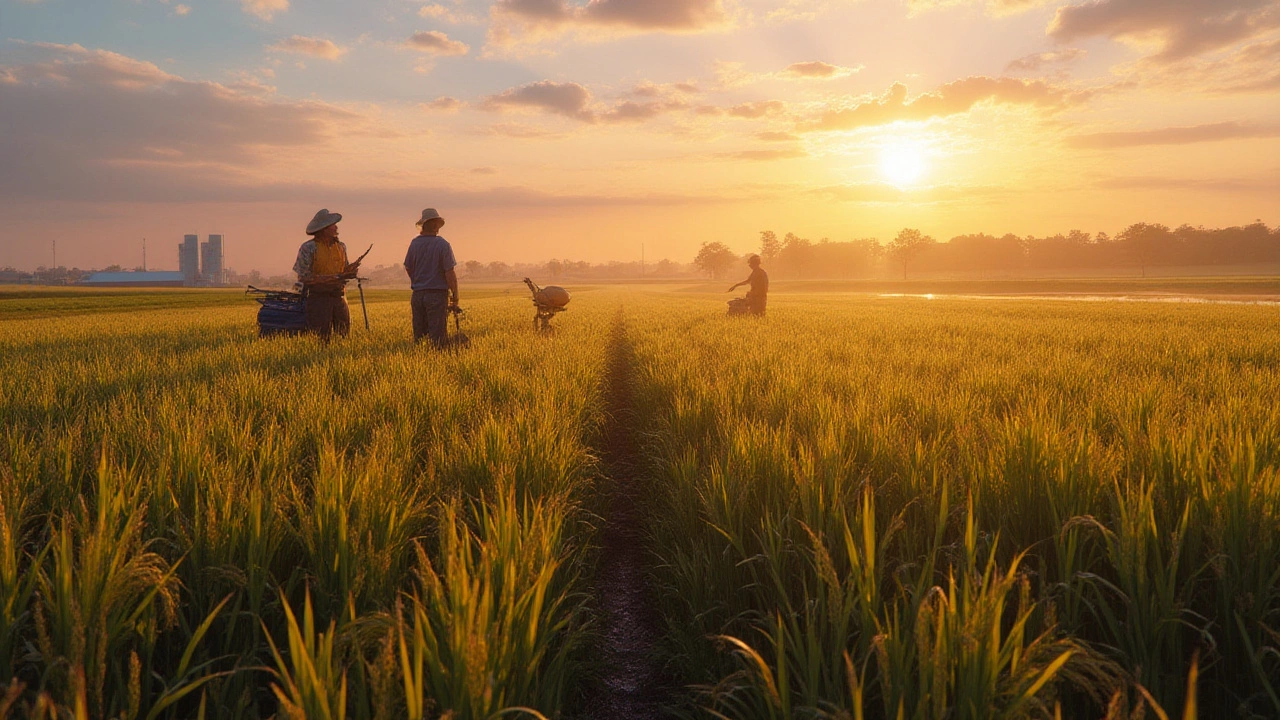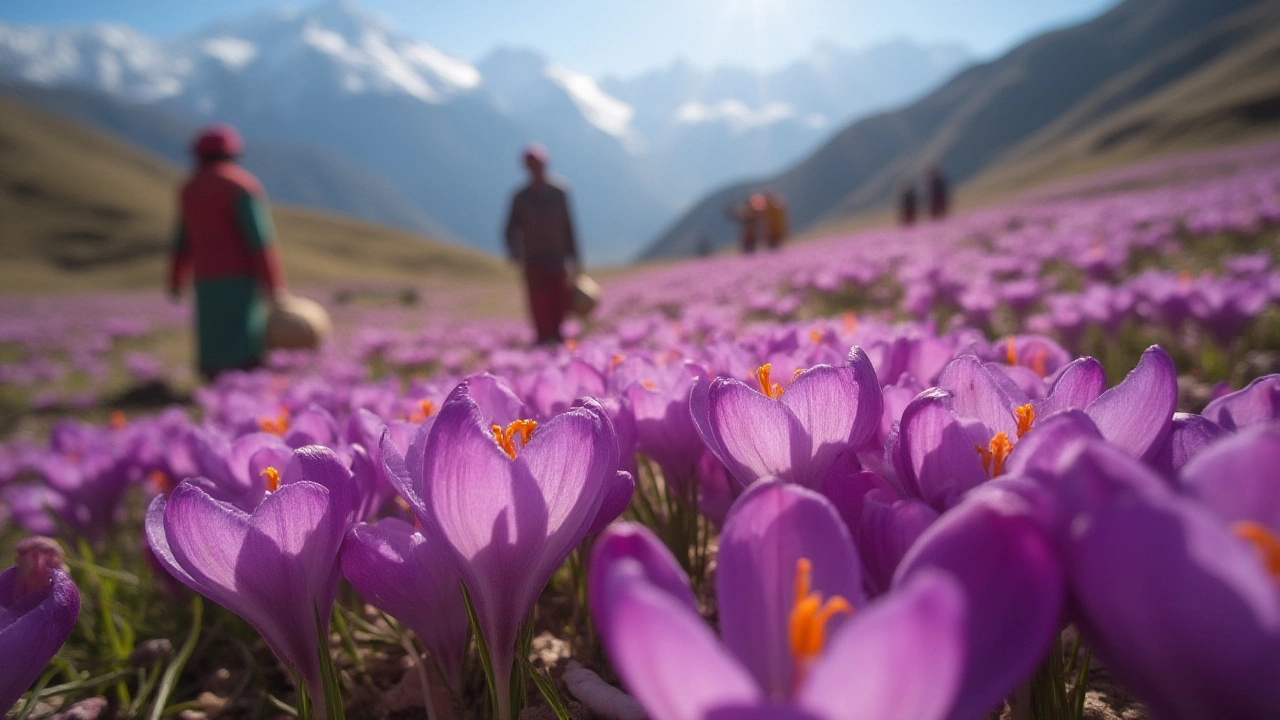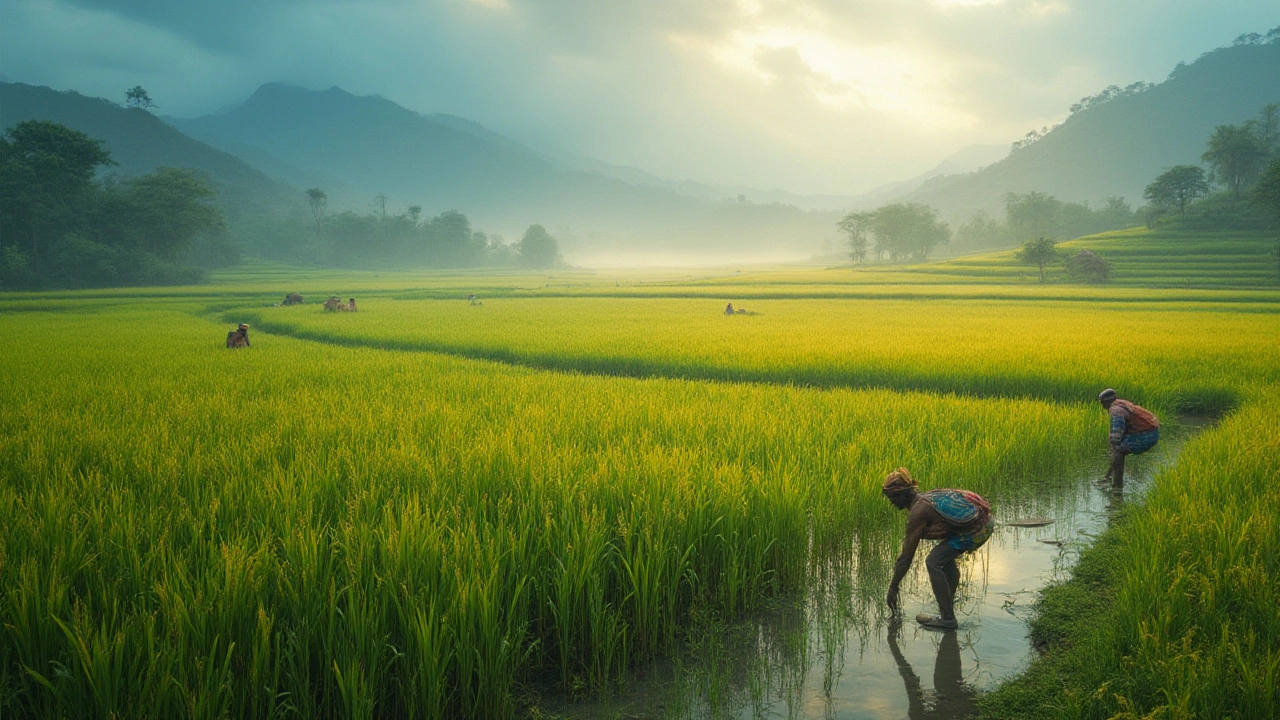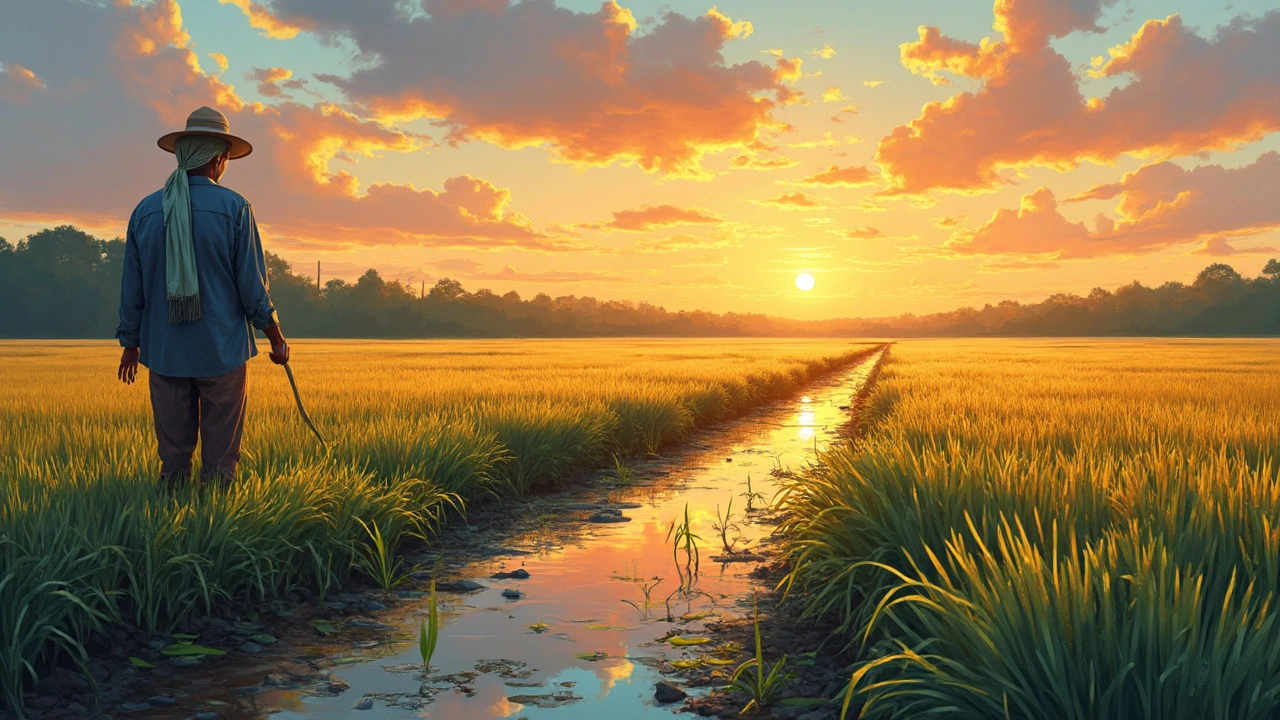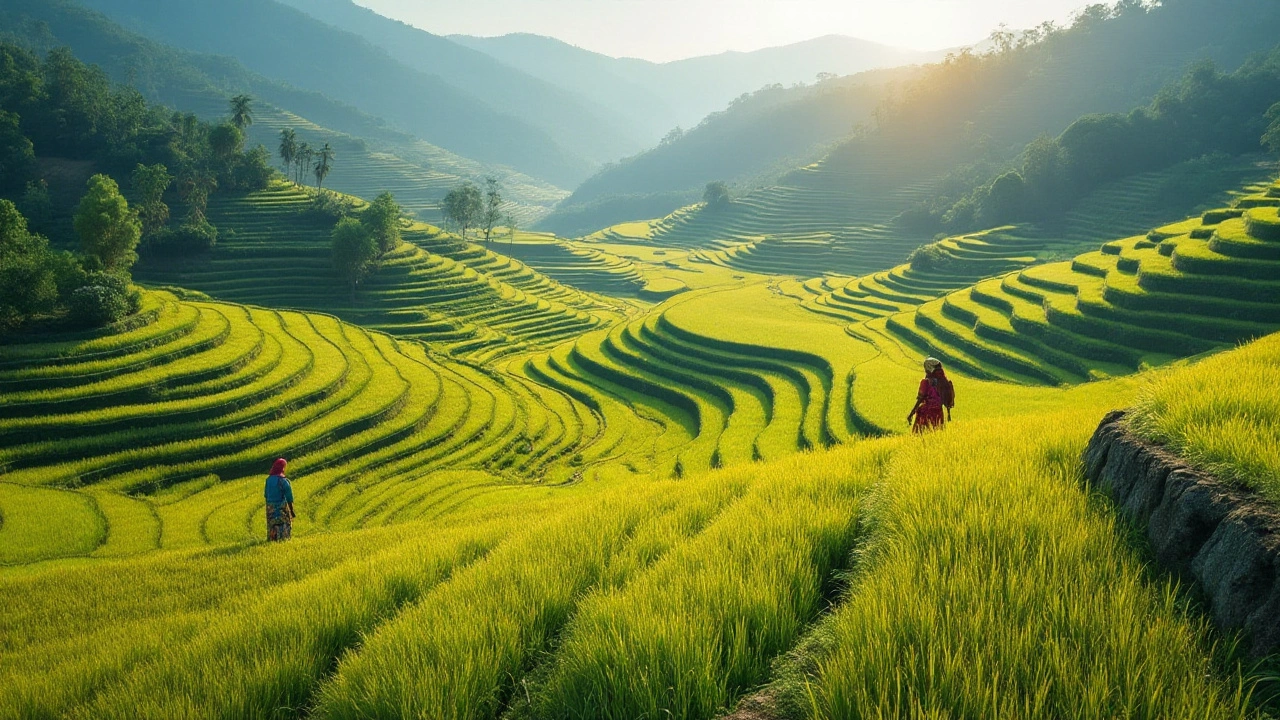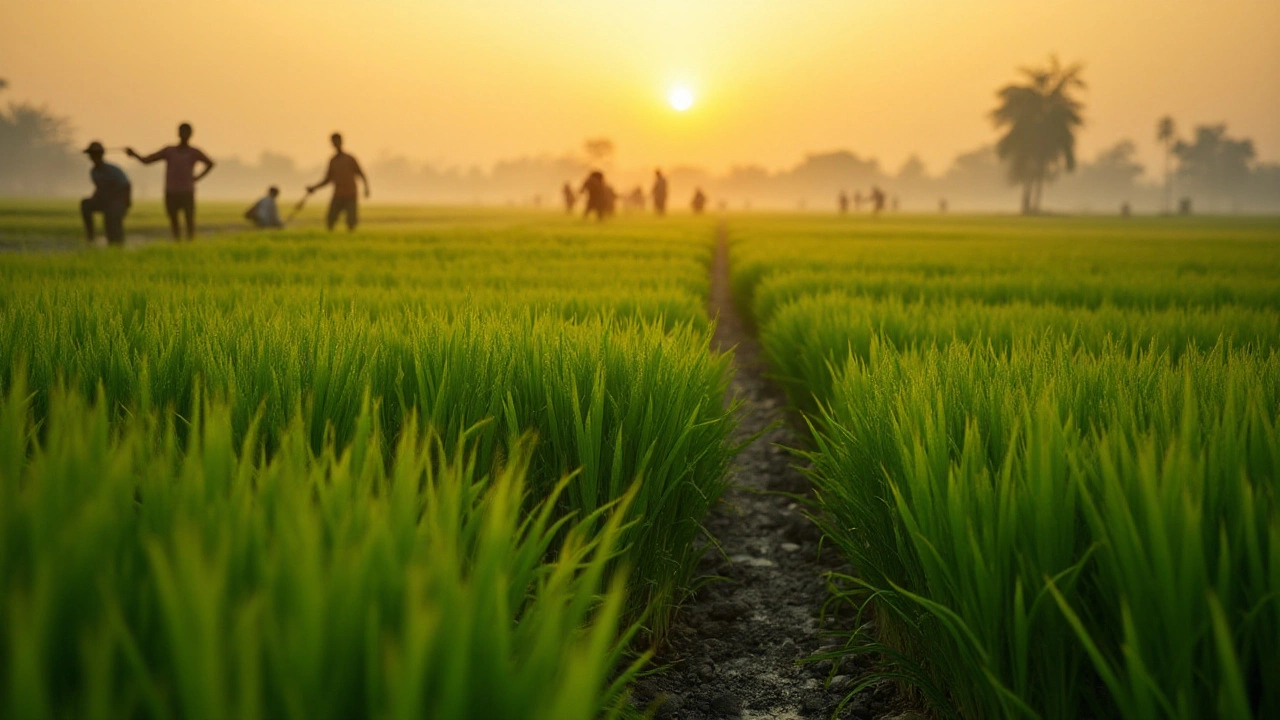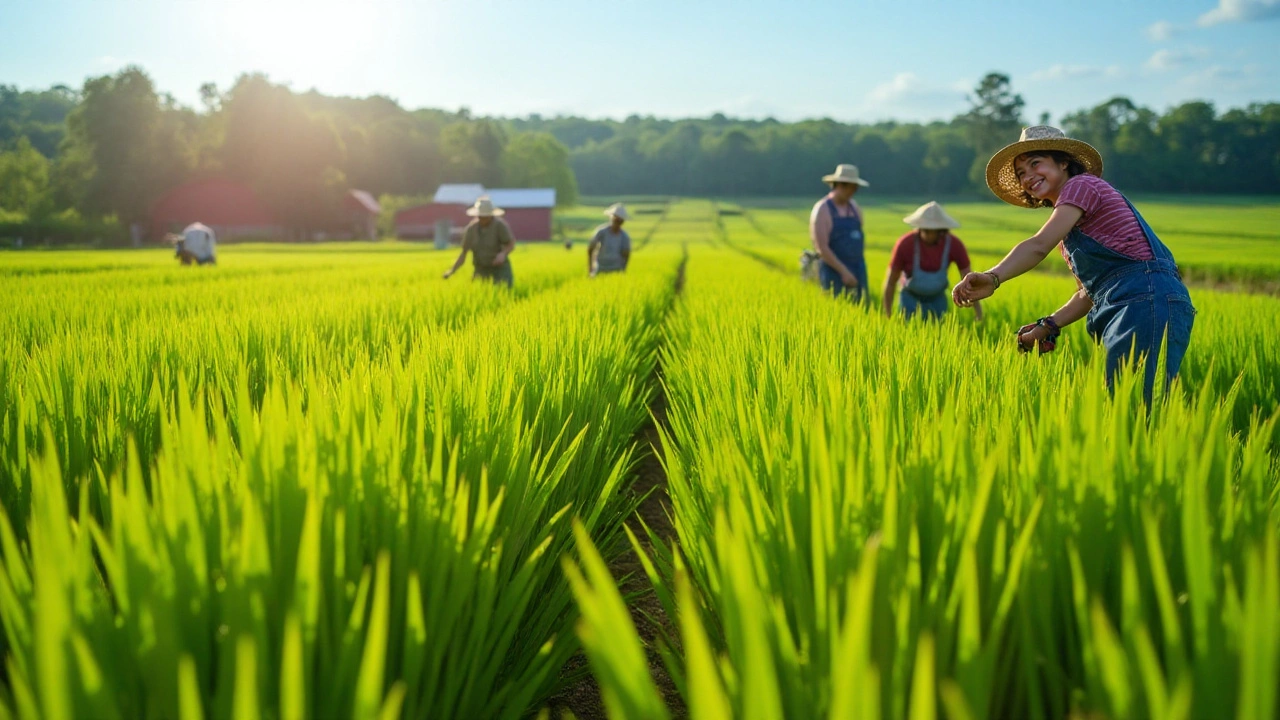Agriculture: From Rice Fields to Costliest Plants
When talking about Agriculture, the practice of cultivating soil, raising crops and livestock to sustain human life. Also known as farming, it shapes economies, diets, and landscapes across India and the world.
One of the most iconic crops in this sector is rice, a staple that feeds more than half the global population. Rice thrives in warm, water‑rich environments, yet modern techniques let farmers grow it in drier zones too. This shift shows how agriculture evolves: traditional paddies meet irrigated fields, and genetics meet local soil. Understanding rice’s growth cycle helps anyone from backyard gardeners to commercial growers boost their harvests.
Water is the lifeblood of rice, but it doesn’t always mean endless flooding. Water management, the planning and control of water use in farming determines whether a paddy can survive a dry season or a sudden rainstorm. Techniques like alternate wet‑deep planting, laser‑leveled fields, and drip irrigation let farmers slash water use while keeping yields high. When water is saved, the same fields can support other crops during off‑seasons, demonstrating that efficient water use directly influences overall agricultural productivity.
Yield – the amount of harvest per unit area – is the metric every farmer watches. Factors such as soil health, seed variety, and climate combine to set the pounds‑per‑acre potential. Modern tools like satellite‑based monitoring and AI‑driven recommendations provide real‑time data, helping growers adjust fertilizer, pest control, and planting density. Higher yields translate into better profits and lower food prices, linking the science of crop yield to the economics of agriculture.
Beyond food, some plants command eye‑watering prices. India's most expensive crops, from sandalwood to certain ornamental orchids, illustrate how rarity and demand turn agriculture into a high‑value market. These costliest plants require specialized knowledge, careful propagation, and often strict legal permits. Their story shows that agriculture isn’t just about feeding people; it’s also about creating luxury goods and preserving biodiversity.
What you’ll explore next
The articles below dive deep into each of these themes. You’ll trace rice’s ancient roots, learn which U.S. states dominate rice production, discover whether rice can be a perennial, and get practical tips to boost your own yields. Whether you’re curious about water‑saving methods, the economics of high‑value crops, or the science behind annual versus perennial plants, the collection offers clear, actionable insights. Let’s jump in and see how these pieces fit together in the bigger picture of agriculture.
Which Civilization First Invented Rice? A Journey Through Ancient Rice Cultures
Discover which culture invented rice, tracing its ancient origins and global journey. Learn fascinating facts about rice cultivation, traditions, and impact.
Top Rice Producing States in the US: Where Most Rice Comes From
Discover which US state produces the most rice, why it leads, how rice farming works, and what makes rice an agricultural powerhouse in America. Explore facts and helpful tips.
Most Expensive Plant in India: Costliest Crops and Ornamental Plants Revealed
Discover which plant is the most expensive in India, why it's so valuable, and how people grow and sell these rare, high-cost botanical wonders.
Does Rice Grow Back Every Year? Perennial vs Annual Rice Explained
Does rice regrow every year? Find out if rice is annual or perennial, what happens after harvest, and clever tips for your own rice patch or paddy.
Where Does the US Get Its Rice From?
Discover where the United States sources most of its rice and how domestic cultivation compares to imports. Learn about the key regions within the US that contribute to rice production and how seasonal changes affect yield. Explore interesting facts about rice import trends and understand the balance between local production and foreign sources.
Does Rice Require Abundant Water for Growth?
Rice is a staple food and a crucial agricultural product worldwide. Historically cultivated in water-rich environments, it has been synonymous with terraced paddy fields. However, not all rice requires flooding for optimal growth. With modern farming practices and water management techniques, farmers can adapt rice cultivation to different water availability levels.
Maximizing Rice Yield: Pounds Per Acre Explained
Rice is one of the most important staple foods worldwide, and understanding how to maximize its yield is crucial for farmers. This article explores the factors that influence rice production per acre, including soil quality, climate, seed variety, and farming techniques. Learn practical and effective tips to increase rice yield, along with interesting insights into the challenges faced by rice farmers. Discover the ways modern technology and traditional methods are combined to enhance productivity in rice cultivation. Whether you're a seasoned farmer or new to agriculture, these insights will help you grow more rice per acre efficiently.
Growing Rice in America: Possibilities and Practices
Rice, a staple around the world, can indeed be cultivated in various parts of America. While traditionally associated with countries like China and India, the United States also has regions with optimal conditions for rice farming. This article delves into the specifics of where and how rice can be grown in America, the best practices to follow, and the challenges farmers might face. With significant advancements in agricultural techniques, growing rice is both viable and profitable.
- manufacturing
- India
- food processing
- garden tips
- rice cultivation
- government schemes
- balcony garden
- urban gardening
- balcony gardening
- profitable business
- business ideas
- plastic manufacturing
- drip irrigation
- plant care
- steel manufacturing
- sustainable gardening
- startup ideas
- steel industry
- flower gardening
- textile manufacturers

